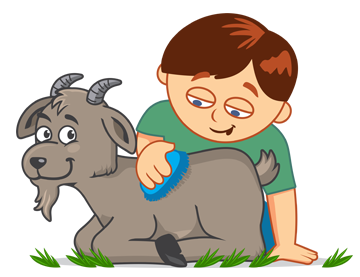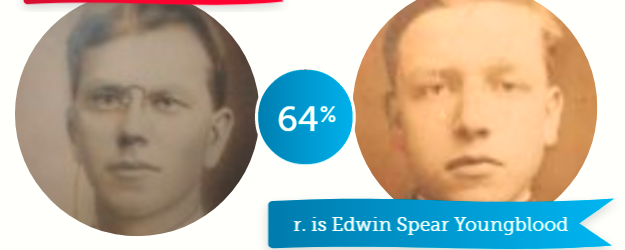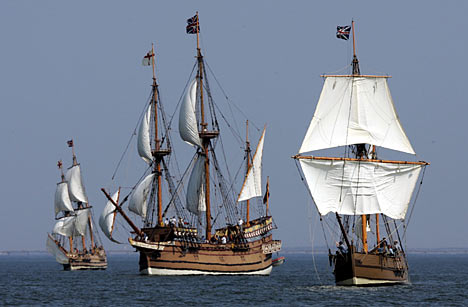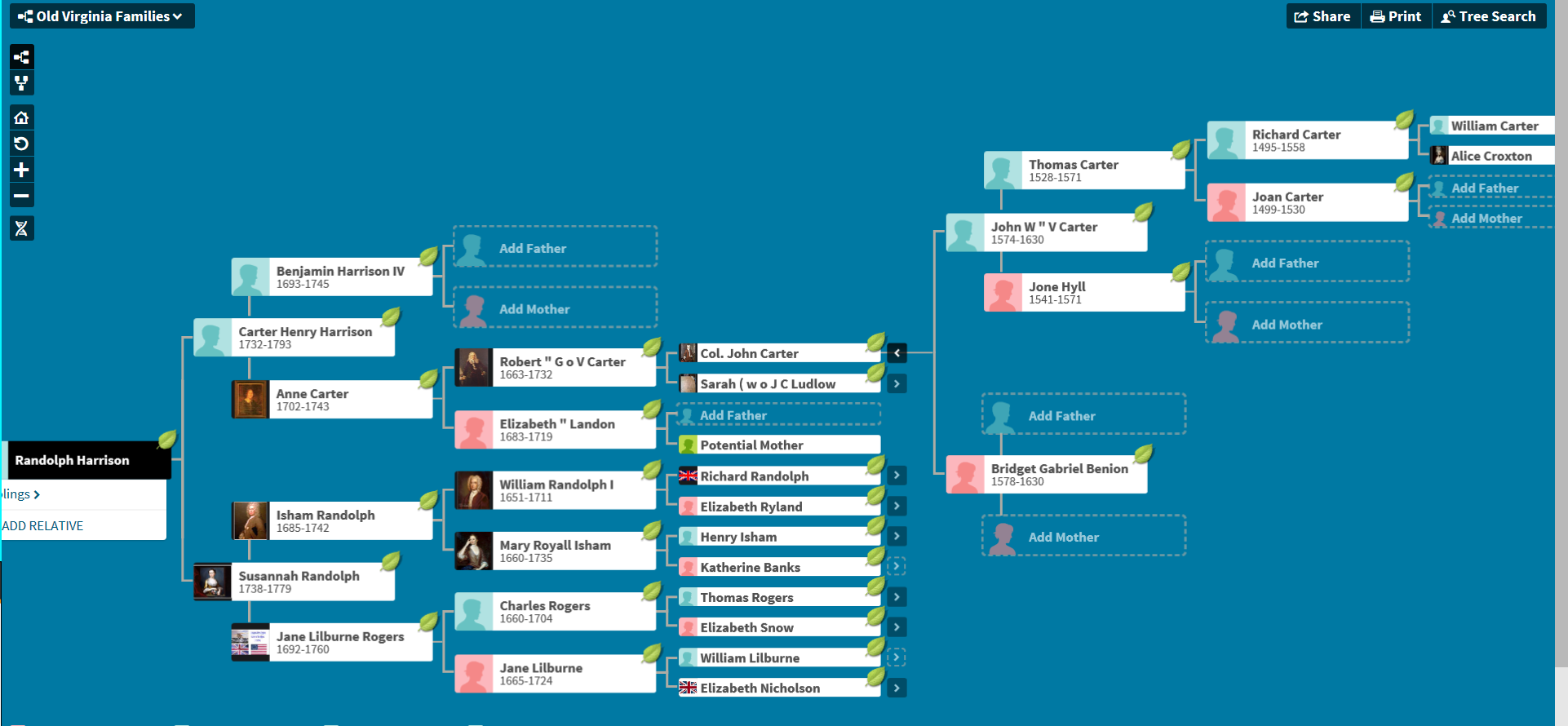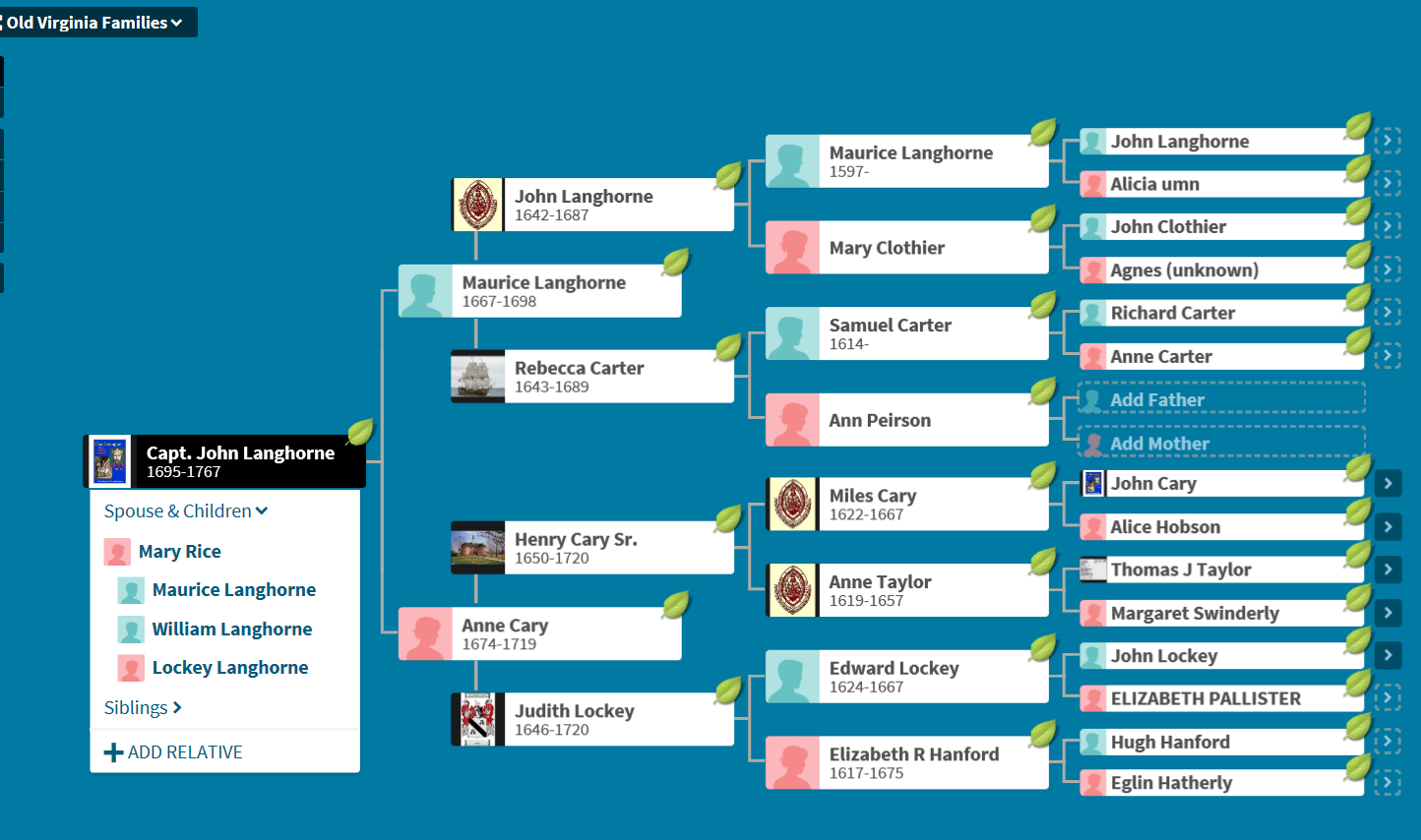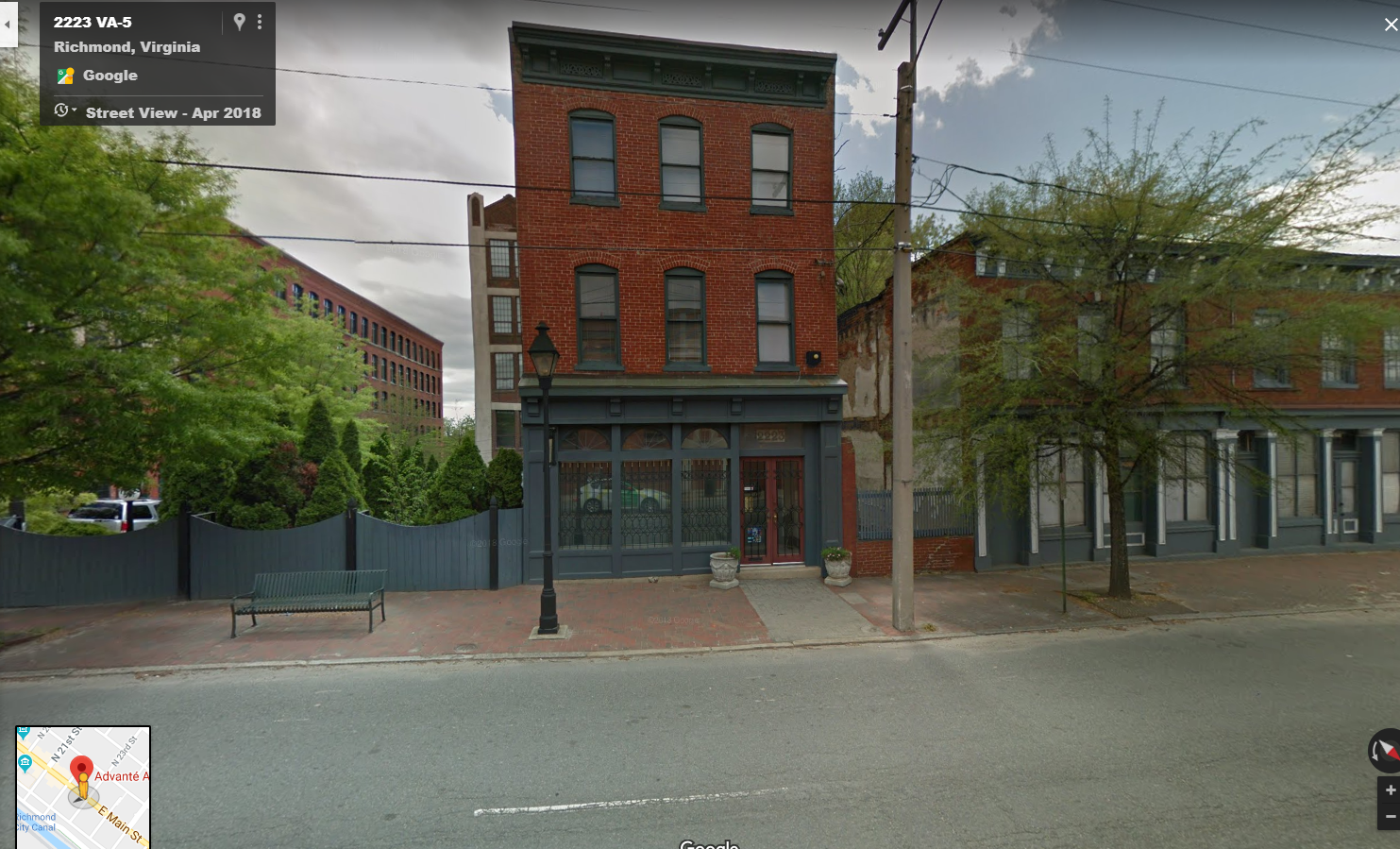Having my DNA done on Ancestry several years ago, led to a chapter of my life’s journey I could never have imagined. While researching my family’s genealogy, I began meeting other researchers, some of whom also happened to be related to me biologically –proven through DNA. We had to figure out just exactly how we were related, however! That was the adventure. Soon it became obvious that we needed a place where we could talk to each other easily, share discoveries, ideas, and get to know each other. That’s where social media, especially Facebook, came to be so valuable. On Facebook, we could form a group, in this case, people interested in Hogg/Hogue/Hogge research especially, and most of us were related to each other., and soon became friends. On Facebook, it didn’t matter if we were from Europe or America, we could talk, share, and compare discoveries easily. Across America also, from New York to Virginia to California, and Wisconsin to Florida! What a wonderful experience.
Lately, I have been studying the Hogg DNA Project which has been going on for about ten years I think. The study was directed and articles authored by Henry Dwight Hogge, Ph.D. Enough people have joined the study, that some conclusions have been made and published. You can access the data that I draw from for this post at these links: “Hogg DNA Project – Project Results” Another well-organized site by Henry Dwight Hogge, Ph.D., and one full of great family information and links, is: “Hogg DNA Project A List of Hogg Lines”
I wanted to see if I could organize our family group on Facebook, according to the latest developments in the Hogg DNA Project. I understand that Dwight has identified at least twenty different DNA groups of Hogg descendants in the United States! Wow! Hogg was a popular name in Scotland! Dwight says that the name Hogg originally described a yearling sheep, so when surnames began and were generally based on vocation or location, many sheepherders took the name Hogg. They just adopted the name, and now, some 500 years later, we are trying to figure out who is related to whom! What a great adventure!
One of our group members, a cousin from Wisconsin, Ron Hogue, shared another definition that I like and have found true for the family.

Our Hogue Family Facebook group currently has 62 members. We are always open for new cousins. Some in the group are not related to us, but “friends” of the family, like Douglas Moncrieff, a professional genealogist from Scotland who has helped guide our research tremendously.
Most of the members of our group belong to the Hogg DNA Project
Group I1, cluster 1. This group connects nine family groups whose DNA show that they share a common ancestor. A few folks in our Facebook group are related to each other, but by DNA not actually related to the I1 groups. By the way, that is not 11 (eleven), that is the letter I, like in Ireland, and the number one,”1″. Hard to tell if you are not familiar with the rankings. This is how I believe our group is organized.
~~~~~~~~~~~~~~
I. These nine different family lines have matching DNA and all belong to the Hogg DNA Project I1 cluster 1 – according to Henry Dwight Hogge, Ph.D., Sept. 2017:
1. MD1765a descendants of Alexander Ogg of Maryland, b.ca.1745
—-Line including Iris Elizabeth Ogg first wife of George Combs
who married as his 2nd wife Helen Marie Youngblood who descends from linePA1755a and is this author’s paternal Aunt.
2. NH1703a descendants of William W. Church b.1855 Montpelier VT
—-Line including our members Leona and Joann
3. GA1770a descendants of James Hogg Sr. of Savannah GA b.1740
—-Line includes our members: Betty , Jerry , Carla
4. PA1754a descendants of Robert Hogg b.1721, Southern Scotland
—-Line including our member Carol.
5. PA1755a descendants of Robert Hogg b.1725, Scotland d.1747, PA
—–includes most members of our family group including:
Ali Holshouser Orcutt, sister of Annie Holshouser, both daughters of Helen Youngblood Holshouser.
Alice Youngblood, wife of Cecil Hogue Youngblood. Brother of Fulton Youngblood, and Helen Youngblood Holshouser
Allison, Donna’s daughter
Barry, Bev, Beverly
Bonnie – adult children Billy, Kristin, and Jennifer. Tammy
Charles, Cheryl, Cyndi
Dee, Donna
Ellie
James, brother of Wynn; Jennifer, Ron S’s daughter; Jessica, Joanne
Lois
Mae, Marcia, Maria, Michelle
Rebecca, Robert, Ron H., Ron S.
Sherry, Stephanie, Sue B., Sue N., Suzy N.
Vickie, and her 3 adult children Tracy, Tabitha, and Travis, and four adult grandchildren– Courtney, Casey, Scottie, and Kimberley are members.
6. PA1825a descendants of James Hogue b.1825, Pennsylvania-no members in our group yet.
7. RI1690a descendants of John Hogg b.1690 RI-no members.
8. NI1777a descendants of James Hogg of Northern Ireland b.ca.1777–no members.
9. IL1825a descendants of John Hogg, d.1825, Vermilion Co. IL—no members.
It is interesting to note, that in the book, The Genealogy of the Jackson Family, by Hugh Parks Jackson, Hugh Hogue Thompson, and James R. Jackson, 1890, it is stated that the first immigrant in DNA line PA1755, Robert Hogg, b. 1725 in Ayrshire, Scotland, died 1747 in Pennsylvania, was one of nine brothers! Is it a coincidence that nine different but related families form this one DNA group, I1 cluster1? This is one area needing more research.
~~~~~~~~~~~~~
II. A close match to this group is a DNA group called I1 cluster 2. As I understand it, cluster1 and 2 probably share a common ancestor, but maybe 1000 or 2000 years ago! It includes the lines:
1. IR1755, Descendants of Samuel Hogg, b. 1755, d. bef. 1802, Ireland. Includes our Facebook Group Member Dory.
2. IR1764, Descendants of the Widow Elizabeth Hogg, b.ca. 1764 County Donegal, Ireland, died in Slippery Rock, Pennsylvania.
~~~~~~~~~~~~~~
III. One of the most well-known Hogg lines is SL1580.
1. SL1580 and NJ1682 include “descendants of John Hoge b.ca.1580, Musselburgh, Berwickshire, Scotland — John Hoge was the ancestor of William Hoge, b.1660, Musselburgh, Berwickshire, Scotland, who migrated to America in 1682 on the ship Caledonia, arriving in Perth Amboy NJ, marrying Barbara Hume, d.1745, in Frederick Co. VA. We refer to the descendants of William and Barbara by the code NJ1682.” Henry Dwight Hogge, PhD.
In our Facebook group, we have several members whose DNA matches this group of Hoggs: Amanda, JoAnn, and Lee Hogg Williams.
~~~~~~~~~~~~~~
IV. Perhaps the most famous Hogg line of all Hogg lines is SL1640.
1. line SL1640 includes ” descendants of Walter Hogg of Prestonpans, East Lothian, Scotland, b.ca.1640 — Walter Hogg was the ancestor of many Selkirkshire and Roxburghshire Hoggs, including James Hogg, The Ettrick Shepherd, (a famous poet). The lines previously identified as SL1698 and SL1753 have been combined into this line.” –Henry Dwight Hogge, PhD
In our Facebook group, we have two members from this famous DNA group, Helen B. and Nancy.
~~~~~~~~~~~~~~
V. Some of the earliest Hogg family members came to Colonial Virginia, and have records recorded in the Virginia Colony as early as 1657. In the Hogg DNA Project, this group is identified as:
1. line VA1657: “descendants of John Hogg of New Kent Co. VA — John Hogg came to Virginia in 1657 as headright to Capt. Leonard Chamberlain (C&P Vol. 1, p. 346, 451). He settled in New Kent Co. As a result of the DNA study, we have learned that line NC1720, descendants of Gideon Hogg of Caswell Co. NC, and line VA1790, descendants of Sampson Hogg of Virginia and Indiana, are part of this line. Consequently, we have merged those trees into this tree.” –Henry Dwight Hogge, PhD
In our Facebook group, our own Gary H. is a descendant of this group.
~~~~~~~~~~
VI. A second but unrelated Hogg family in early Virginia was:
1. line VA1658: descendants of William Hogg (Hoges) of York Co. VA — William Hoges is first mentioned in the records in York County in 1658. (By DNA this line is NOT related to line VA1657-“descendants of John Hogg of New Kent Co. VA — John Hogg came to Virginia in 1657 as headright to Capt. Leonard Chamberlain (C&P Vol. 1, p. 346, 451). He settled in New Kent Co. As a result of the DNA study, we have learned that line NC1720, descendants of Gideon Hogg of Caswell Co. NC, and line VA1790, descendants of Sampson Hogg of Virginia and Indiana, are part of this line.” –Henry Dwight Hogge, PhD.
This line, VA 1658, includes my own cousins, children of my mother’s sister. My main Hogue line is through my father. My mother’s sister married a man named W. R. Buck, and his mother’s line shares this DNA line as well. Of course, I am only related to my first cousins, not their father’s line of ancestors. Still, it is an interesting connection.
~~~~~~~~
VI. Hogg DNA Line VA1745
1. descendants of James Hogg of Edinburgh Scotland — “The traditional story is that James Hogg of Scotland, b.1680, was the father of James Hogg, Thomas Hogg, and Capt. Peter Hogg who came to Virginia in 1745. Capt. Peter Hogg served with Washington in the French and Indian War. The records show that Capt. Peter Hogg considered Thomas Hogg Sr. to be his brother, but DNA from descendants of Capt. Peter Hogg does not match DNA from descendants of Thomas Hogg Sr. We presume that Thomas Hogg Sr. was a half-brother (with different fathers) of Capt. Peter Hogg and James Hogg.”– Henry Dwight Hogge, PhD
This line includes our treasured group member, Dee Horn.
~~~~~~~~~~
Isn’t it amazing! Due to the popularity of DNA testing in genealogy; the hard work of scientists like Henry Dwight Hogg, PhD, in organizing and completing DNA studies; and the ease of meeting people as never before by internet programs like Facebook, Ancestry, and many more sites, we are able to meet cousins all over the world, and trace our ancestry back many centuries. The Scottish people must be amazing, because the people in our Facebook group, all descendants of Scots, are amazing—what a joy and a gift to know them!
Until we meet again, Helen Youngblood Holshouser

“Sharing Love with Family, Hoggs, and Kisses”
by artist and family member Lee Hogg Williams
– available as a puzzle or a dry erase board along with other fun items
at: https://www.zazzle.com/hoggs_kisses_dry_erase_board-256007096373918872
This blog post was first published on the Blog Worldwide Genealogy, A Genealogical Collaboration, on September 29, 2017, by Helen Y. Holshouser
This gallery contains 2 photos


